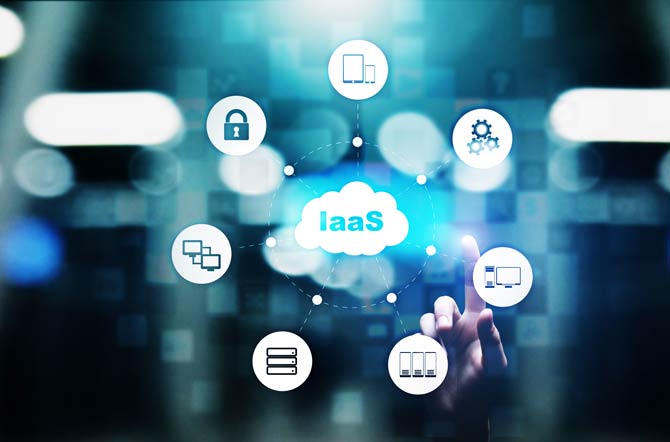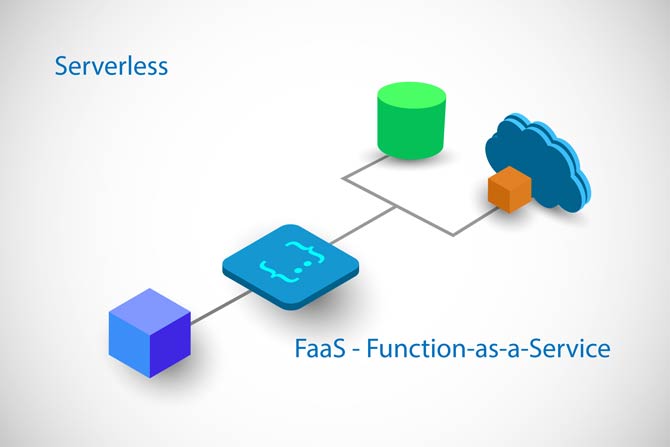More and more companies are realizing the benefits of digital. If internal processes and workflows are digital, productivity increases and employees can work flexibly. In order to achieve this, the various fields of technology must be connected to each other and the workers must be trained. At the same time, the risks associated with new technology are increasing. Technical problems, hacker attacks or user errors can lead to operational failures and harm the company.
Therefore, adequate and effective cloud security is an important part of data protection.
The benefits of the cloud
Storing data in the cloud offers users several advantages:
- Quickly access saved content from any device with an internet connection
- Increase productivity by working together on a file
- Automatic adaptation of services according to user needs
- Fast and cost-effective implementation of new software is possible
- Regular data storage and file storage is supported
- Paying based on needs and usage

This is how cloud security works
Cloud security includes various methods, techniques, guidelines and technologies for protecting data in the cloud:
- Server and Internet security
- Management of access rights and user information
- Compliance with legal requirements for data protection
- Secure access to the same software and platform it is used for
- Access to the data center is for authorized users only
The most important cloud service – in a nutshell
In cloud computing, providers offer different types of services to users.
These models offer users different ways to access services.
Users do not need to purchase special equipment for this. However, companies need to ensure that the chosen solution is compatible with their existing IT infrastructure.
The American National Institute for Standards and Technology (NIST) defines these four services:
- IaaS: Infrastructure as a Service
- PaaS: Platform as a Service
- SaaS: Software as a Service
- FaaS: Services as a Service
IaaS: Infrastructure as a Service
IaaS is a cloud service that provides tools and services to users. This includes data storage, network technology and servers. With IaaS, users don’t have to use their own data centers.
The provider also takes care of maintenance and repair of its parts. Resources can be changed as needed. Users only pay for the software they use.

PaaS: Platform as a Service
With PaaS, a third party provides the necessary infrastructure and application software platform.
It is a solution for companies that develop their own software.
Developers don’t have to base their IT infrastructure on this. Instead, they can use PaaS to develop, manage, and run their applications.
SaaS: Software as a Service
With SaaS, the outsourcer uses all the software and IT equipment. Users can access the provider’s platform through a web browser. Users rent apps and use them as services.
The provider issues licenses and offers subscriptions for which users pay a fee. For SaaS to be successful, subscribers must have a fast and stable Internet connection, which they must maintain themselves.
FaaS: Services as a Service
FaaS can be provided for so-called serverless computing, ie applications that are created and managed without their own servers. Users only pay money to the provider when their software is developed through code.

Cloud environment – you need to know this
In addition to cloud services, the National Institute for Standards and Technology (NIST) also defines four cloud environments where data is provided:
- Public cloud: This version can be shared by many users on the Internet. Users can use storage space, computing power and a variety of billing software without having to invest in the appropriate hardware or software itself.
- Private cloud: With a private cloud, the provider offers cloud computing to a single user. This can be a specific company or organization.
- Cloud Integration: A hybrid cloud is a combination of a private cloud and a public cloud. Companies often use hybrid cloud for short-term projects to save money.
- Cloud Cloud: A community cloud is used by companies together with several partners. These are customers, business partners and employees. Communication between stakeholders and collaboration on projects is supported through the public cloud.
More security and cloud security
Cloud security alerts unauthorized users, detects vulnerabilities in the system at an early stage, detects and removes security-related incidents, and implements control measures to minimize damage.
This ensures complete security and cloud security:
- Data protection through data encryption and data protection through private networks (VPN).
- Identity and access management (IAM) through secure passwords and multi-factor authentication for users.
- Protect data storage in the cloud with security measures that are updated regularly from the service provider.
- Protecting interfaces between users, applications and networks. Bechtle Cloud Security defines the security environment for your company, it lists different ways to access and design, maintain and manage a secure network.